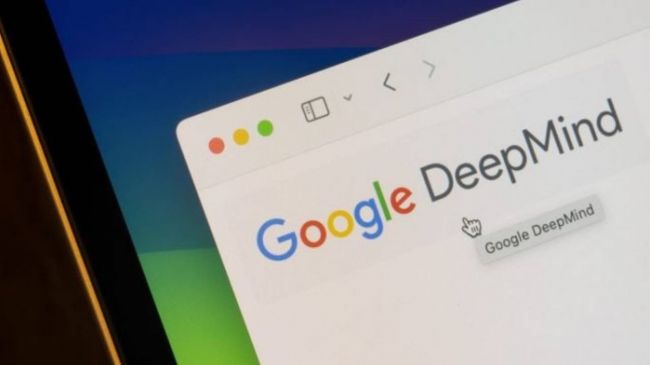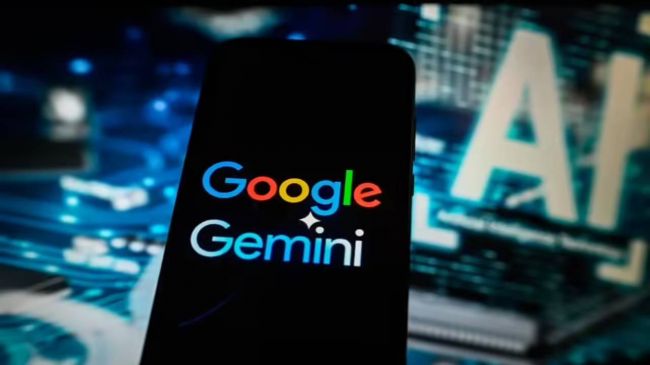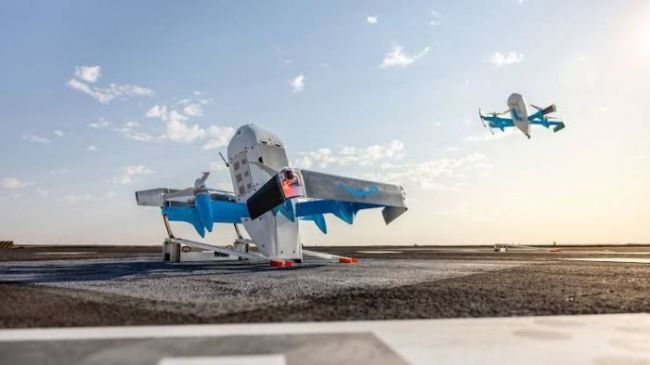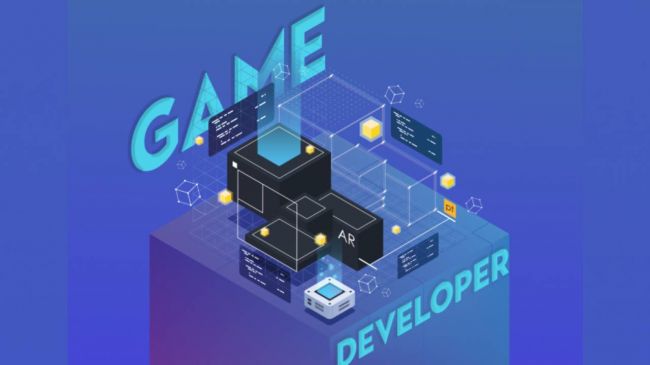On This Page
- Why Microsoft Is Watching the AI Job Market Closely
- These Jobs Are Considered Safe (For Now)
- 1. Healthcare Practitioners
- 2. Skilled Trades (Electricians, Plumbers, Mechanics)
- 3. Creative Professionals
- The Common Traits of AI-Resilient Jobs
- 1. Human-Centric Interaction
- 2. Physical Presence and Dexterity
- 3. Creative Judgment
- 4. Strategic Decision-Making
- Are Any Jobs 100% Safe?
- Skills That Will Keep You Relevant
- 1. Communication & Collaboration
- 2. AI Tool Proficiency
- 3. Problem Solving
- 4. Creativity
- 5. Adaptability
- What About the Flip Side - Jobs Most at Risk?
- Final Thoughts: AI Is a Tool, Not a Threat—If You Stay Ahead
AI is disrupting nearly every industry. From writing and coding to logistics and design, few roles feel untouched. But according to Microsoft, some jobs are safe—for now.
So which careers are least likely to be automated? And why are they considered resilient in the age of artificial intelligence? Let’s break down what Microsoft’s research shows and what it means for your future.
Why Microsoft Is Watching the AI Job Market Closely
Microsoft isn't just another tech giant dabbling in AI—it’s one of the leaders. With heavy investments in OpenAI and a deep integration of AI tools into products like Microsoft 365, Azure, and GitHub Copilot, they have both the data and incentive to analyze AI’s long-term impact on work.
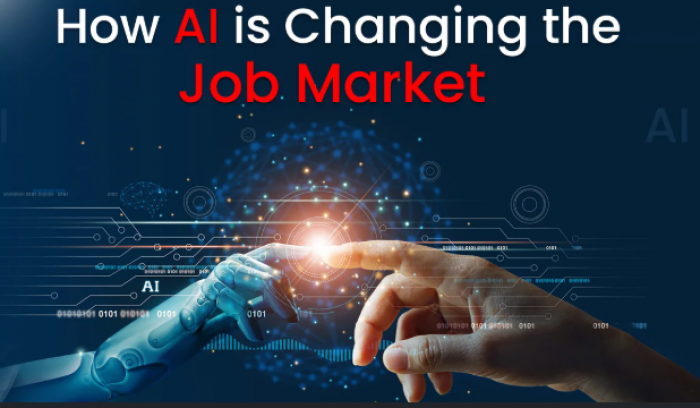
In a joint report with LinkedIn called the 2024 Work Trend Index, Microsoft revealed insights from over 31 million LinkedIn job posts and a survey of 31,000 people across 31 countries.
They wanted to understand this:
How is AI actually changing work, and which roles are adapting—or resisting—automation?
Here’s what they found.
These Jobs Are Considered Safe (For Now)
1. Healthcare Practitioners
Why they’re safe:
AI can assist with diagnostics and scheduling, but it can’t replace human empathy, judgment, or physical presence. Tasks like surgery, patient consultations, and emergency care still require human touch.
According to Microsoft, roles like nurses, physicians, and mental health counselors are among the most AI-resistant.
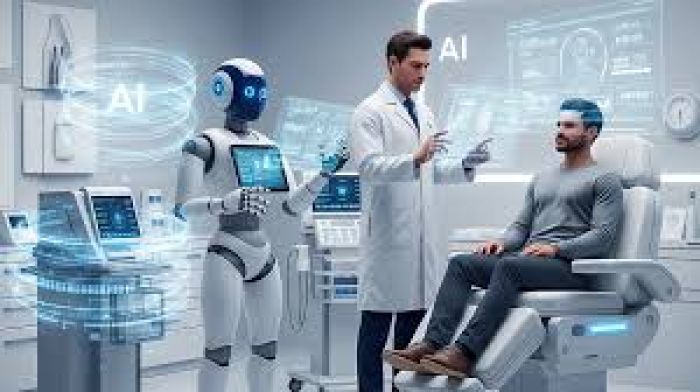
A 2024 report from the World Economic Forum backs this up, projecting a 25% increase in healthcare demand by 2030, especially in aging populations across Europe, Japan, and North America (source).
2. Skilled Trades (Electricians, Plumbers, Mechanics)
Why they’re safe:
These jobs require on-site physical work and manual problem-solving in unpredictable environments. AI can’t crawl under a house to fix a pipe or rewire a breaker box.

Microsoft’s data shows that these roles have seen minimal AI impact in job postings. Demand remains steady, and in many areas, these trades are experiencing labor shortages.
3. Creative Professionals
Why they’re partially safe:
While AI can generate images and text, original storytelling, creative direction, and brand authenticity are still driven by human creators.
According to LinkedIn data, roles like art directors, video editors, UX designers, and brand strategists have seen an increase in demand alongside AI, not despite it.
Here’s the twist:
71% of creative professionals are using AI as a tool, not a replacement. It’s speeding up production, not eliminating the job.
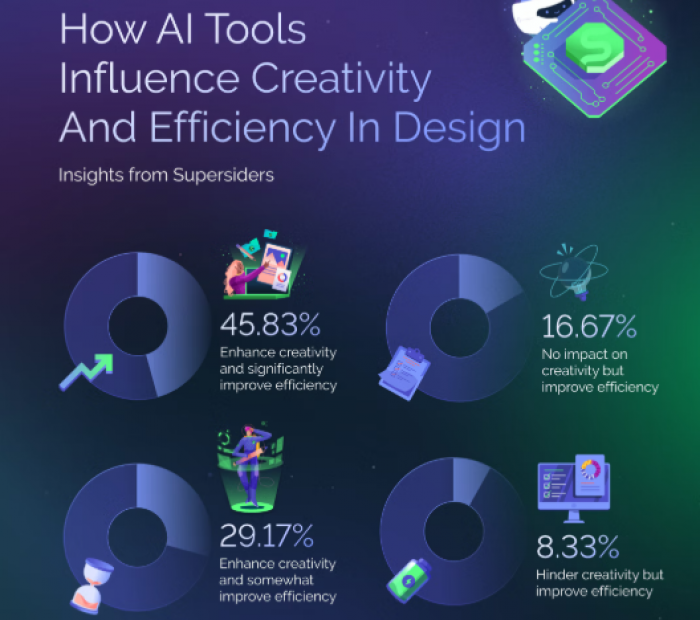
The Common Traits of AI-Resilient Jobs
Looking at the roles above, we can identify clear patterns. Microsoft outlines four key characteristics of jobs that are safe from AI:
1. Human-Centric Interaction
Roles requiring emotional intelligence, empathy, and human connection are hard to automate.
2. Physical Presence and Dexterity
Jobs involving movement, hands-on work, or operating in unstructured environments aren’t ideal for AI or robots yet.
3. Creative Judgment
While AI can mimic patterns, it struggles with context, humor, originality, and nuance.
4. Strategic Decision-Making
AI can suggest options, but doesn’t make high-stakes, real-world decisions with full accountability.
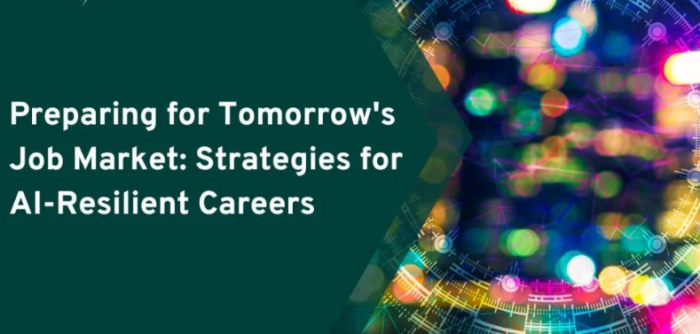
Are Any Jobs 100% Safe?
No job is completely immune. Even the most human-centric roles are being reshaped by AI tools. For example:
- Nurses are using AI-driven charting tools.
- Mechanics are using diagnostic AI software.
- Writers and marketers are integrating AI into research and ideation.
So instead of asking “What job is safe from AI?”, the real question is:
How do I evolve with AI in my industry?
Skills That Will Keep You Relevant
Microsoft’s data shows that the most in-demand skills are a blend of human soft skills and AI fluency. Here are five areas to invest in:
1. Communication & Collaboration
Even with automation, teamwork and leadership remain core in most professions.
2. AI Tool Proficiency
Learn tools like ChatGPT, Microsoft Copilot, Adobe Firefly, and GitHub Copilot.
3. Problem Solving
AI can assist, but complex or novel problems still need human minds.
4. Creativity
Design thinking and ideation are still driven by human brains.
5. Adaptability
The ability to learn new tools quickly is more important than mastering one.
![What jobs will AI replace & which are safe in 2025 [+ data]](https://www.hubspot.com/hubfs/ai-taking-jobs.png)
What About the Flip Side - Jobs Most at Risk?
Microsoft and LinkedIn also flagged jobs that are seeing the biggest drop in hiring or skill requirements due to AI:
- Administrative assistants
- Data entry clerks
- Basic customer service reps
- Simple content writers
These are roles where AI can already outperform humans in speed and cost.
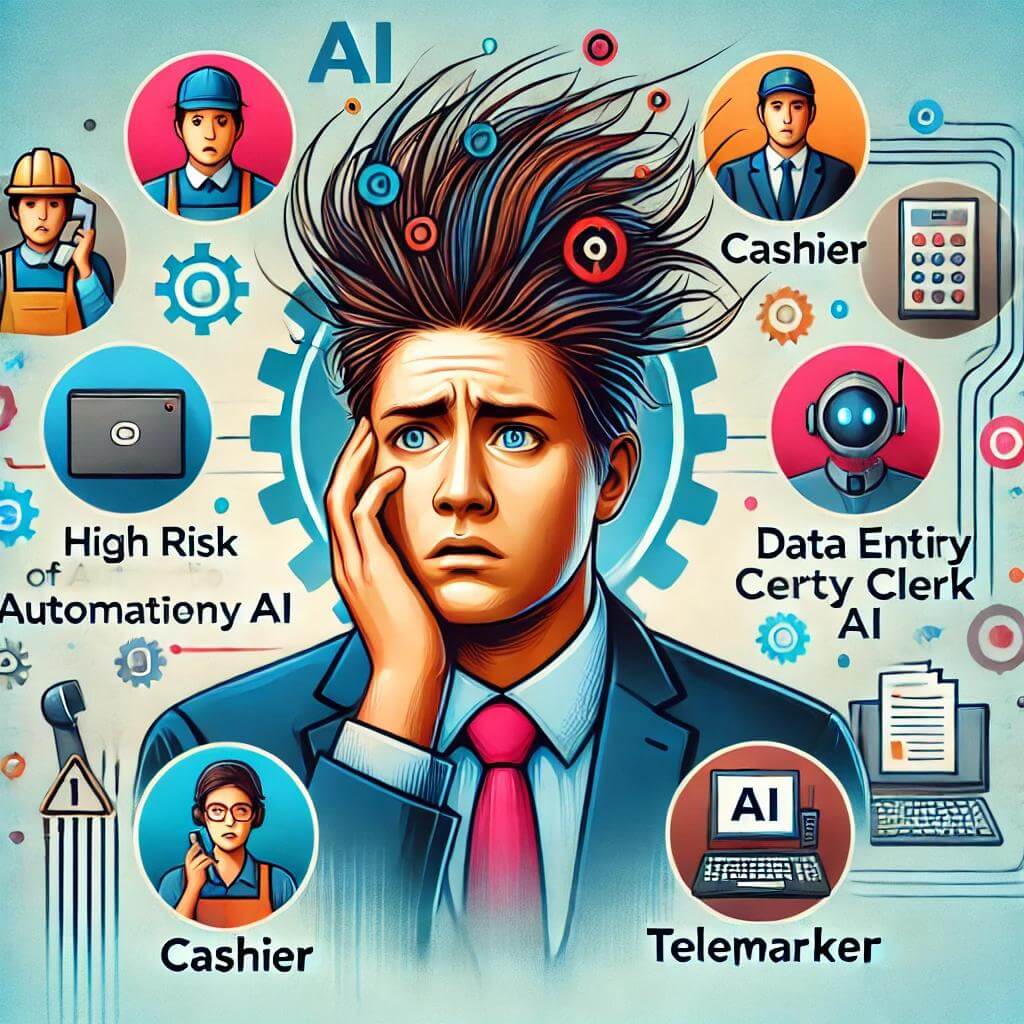
But even here, adaptation is possible. For example, virtual assistants are now learning to manage AI tools for executives instead of doing all the manual scheduling themselves.
Final Thoughts: AI Is a Tool, Not a Threat—If You Stay Ahead
Microsoft’s core message is this:
The future isn’t about AI taking your job. It’s about people who use AI replacing those who don’t.
If you’re in a profession with strong human or physical components, you’re already at an advantage. But if you blend that with AI literacy, you future-proof your career.
Stay curious. Learn the tools. Focus on your uniquely human strengths.
Post Comment
Be the first to post comment!
